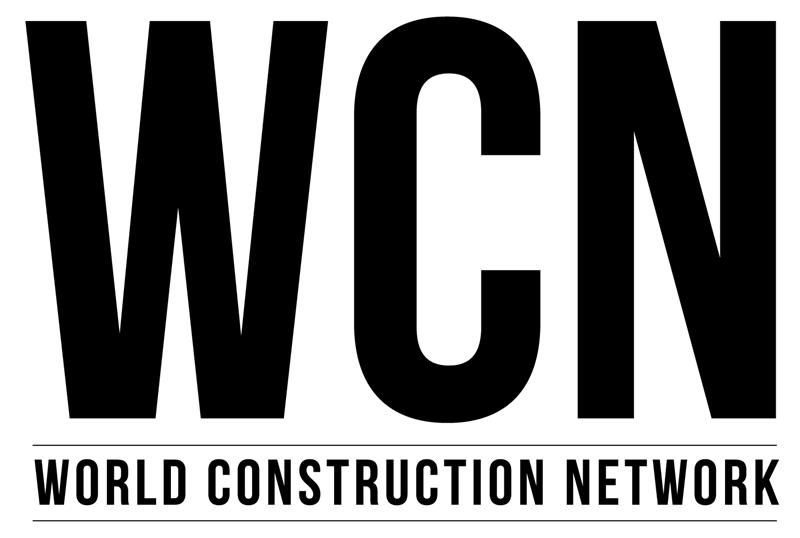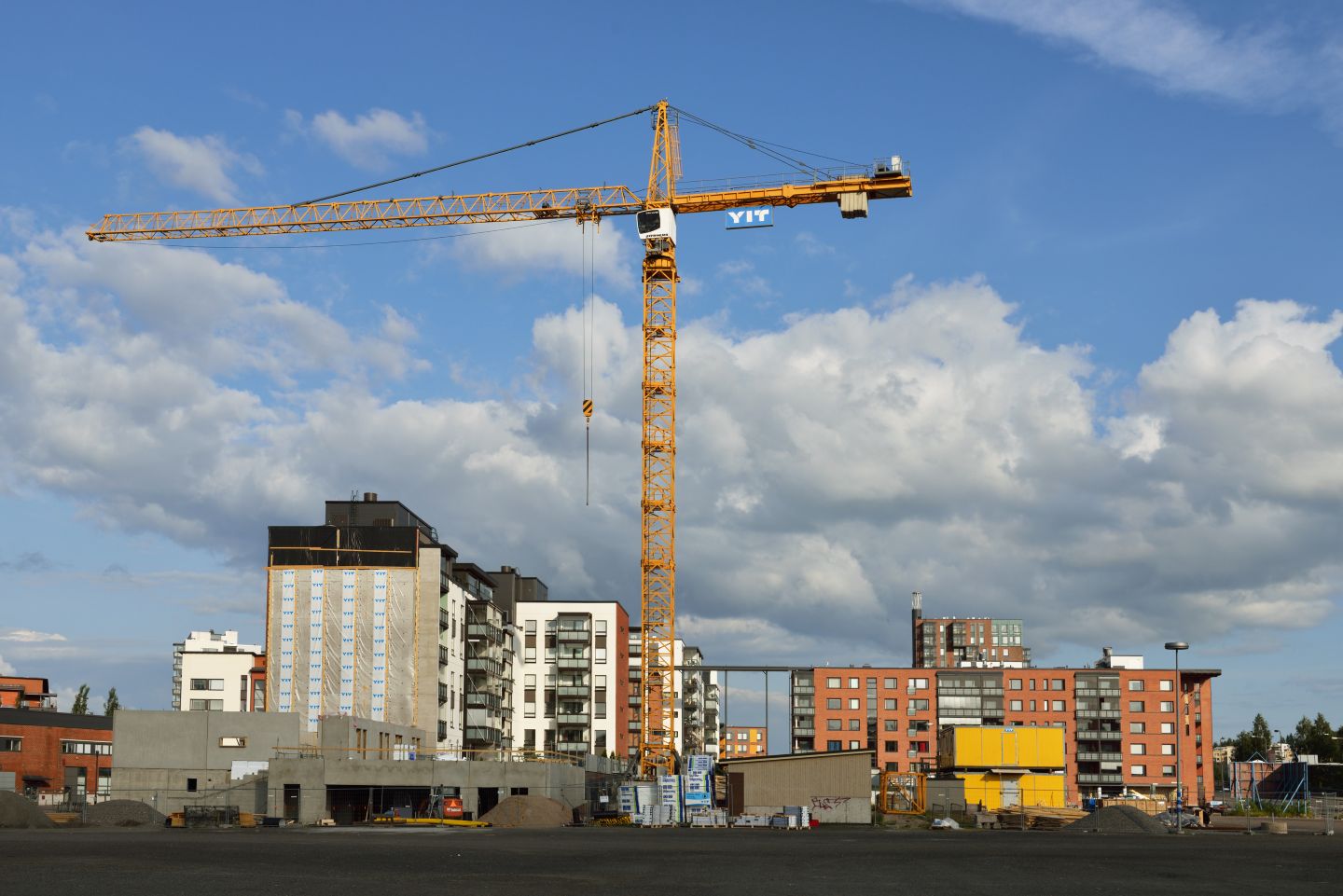The Finnish Government submitted its second supplementary budget proposal to the Parliament on 28 May 2025, which was approved on the same day. The proposal focuses on transport investments, civil defense upgrades, emergency warning systems, and strengthening the Finnish Border Guard’s maritime capabilities. These changes will raise government spending by €757m ($824.8m) and reduce revenues by €187m ($203.8m), thereby increasing the net borrowing requirement by €944m ($1bn). As a result, total net borrowing for 2025 is estimated at €13.2bn ($14.4bn). This second supplementary budget follows a first supplementary budget, which was announced in February 2025. This first supplementary budget focused on boosting defense material aid to Ukraine and revising the 2025 revenue forecasts. The proposal added €113m ($123.1m) in spending and increased estimated revenues by €324m ($353m) at that time.

Alongside spending plans, the 2025 budget proposal outlines several tax-related changes to support fiscal goals and economic transitions. The VAT exemption threshold for small businesses will increase from €15,000 ($16,343.8) to €20,000 ($21,791.7). To encourage large clean energy projects, new tax credits will be introduced. In 2025, transfer tax rates will be set at 3% for real estate purchases and 1.5% for specific share transactions. From 2026, vehicle taxation will rise for electric and hybrid cars as well as motorhomes.
Under the second supplementary budget, the government allocated funding to strengthen internal and external security, support transport projects and other key sectors:
Government allocation for transport infrastructure sector:
- €20m ($21.8m) budget authority (total amount of money that can be spent) and a €1m ($1.1m) appropriation (allocation for 2025) announced for European track gauge rail links (Tornio–Haaparanta–Kemi).
- €17m ($18.5m) budget authority and a €0.5m ($0.5m) appropriation allocated to upgrade main road 25 (Meltola – Mustio) with a median barrier road.
- €14m ($15.3m) budget authority and a €1m ($1.1m) appropriation proposed for the construction of an overpass on the main road 27 in southern Ylivieska.
- €11m ($12m) budget authority and a €1m ($1.1m) appropriation announced to improve main road 67 and main road 19 between Kivisaari and Atria.
- An appropriation of €4.8m ($5.2m) is proposed for upgrading road links to the battery materials plant to be constructed in Keltakallio, Kotka.
Additionally, the government revised the funding for some transport infrastructure projects that are already part of its investment plan:
- The budget for the Tampere passenger rail yard will increase by €20m ($21.8m), to €183m ($199.4m).
- €5m ($5.4m) has been set aside to carry out improvements to the Ingå fairway.
- The funding for phase 3 of the main road 68 project between Edeso and Pietarsaari will increase by €2m ($2.2m), to €9.5m ($10.4m).
- The Savonia railway project, focused on improving speed and capacity between Kouvola and Kuopio, will get an extra €1.2m ($1.3m), bringing the total to €4.2m ($4.6m).
Government allocation for development of internal and external security:
- €35m ($38.1m) allocated for the Finnish Defense Forces to improve maintenance and repair of equipment.
- €21m ($22.9m) of additional funding allocated to develop civil defense systems.
- €14m ($15.3m) in funding, including budget authorities and appropriations, for the Finnish Border Guard to boost maritime capabilities.
- €8.1m ($8.8m) is proposed for the Prison and Probation Service of Finland.
Government funding for other sectors:
- €16m ($17.4m) for Social Insurance Institution of Finland (Kela) to test a healthcare freedom-of-choice pilot for people aged 65+.
- €12m ($13.1m) to support forest growth, carbon capture, and upgrade forestry data systems.
- €8.1m ($8.8m) for research to support policy making and improve carbon sink monitoring.
- €5m ($5.4m) to expand the Finnish leisure activity model for young people.
- €5m ($5.4m) for developing the Diana 6G Test Centre.
- €2.8m ($3.1m) to cover damages caused by large carnivores to reindeer, livestock, crops, and property.
- €2.6m ($2.8m) for Metsähallitus’ nature tourism programme.
- €2.5m ($2.7m) for renovating and expanding the Tampere Theatre.
- €1.6m ($1.7m) to compensate fur farms for losses due to disease-related animal restrictions.
- €1m ($1.1m) for planning the copper roof renovation of the Finnish National Theatre.
The latest supplementary budget is anticipated to boost the construction sector, with GlobalData expecting the Finnish construction industry to grow by 2.6% in real terms in 2025. Furthermore, it is expected to register an annual average growth rate of 3.5% between 2026 and 2029, supported by the government’s focus on the development of infrastructure, as well as energy and utilities construction projects. In December 2024, the European Investment Fund (EIF) announced that it would provide a syndicate of loans to Finnish companies totaling up to €437m ($476.1m); specifically, these loans will support green energy and digitalisation projects for small and medium-sized enterprises (SMEs). Additionally, the guarantees are backed by the European Commission’s Invest EU program, which aims to mobilise over €370bn ($403.1bn) in public and private investment between 2021 and 2027 to support EU policy priorities, including the green and digital transitions.
Growth will also be supported by the National Transport System Plan for 2021–2032, under which the government plans to spend €20bn ($21.8bn) to upgrade the country’s transport infrastructure over 12 years, with €6bn ($6.5bn) of spending towards infrastructure network development projects. Furthermore, in April 2025, the government announced the General Government Fiscal Plan (2026–2029), which includes significant tax cuts aimed at stimulating investment, which is likely to benefit the construction sector. Key measures include €1.1bn ($1.2bn) in income tax cuts from 2026 and a reduction in the corporate tax rate to 18% by 2027, potentially improving business conditions for construction firms. Although the government expects these steps to boost economic activity, uncertainty remains around offsetting savings and weak consumer demand due to high unemployment. This could limit the positive impact on construction demand and investment confidence.

US Tariffs are shifting - will you react or anticipate?
Don’t let policy changes catch you off guard. Stay proactive with real-time data and expert analysis.
By GlobalData





